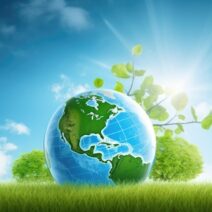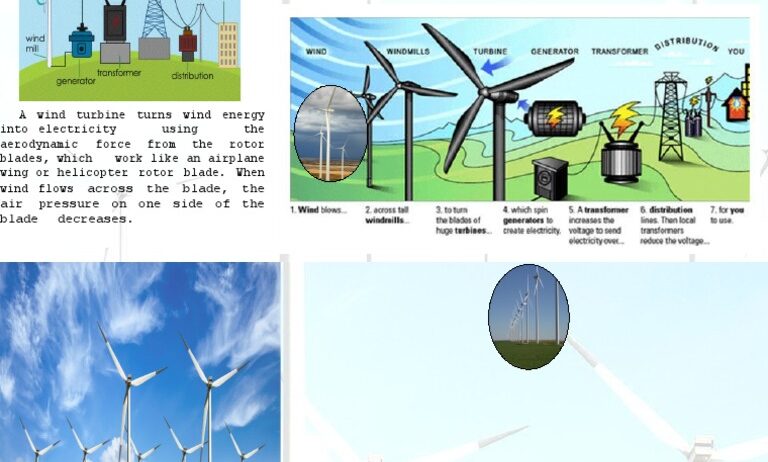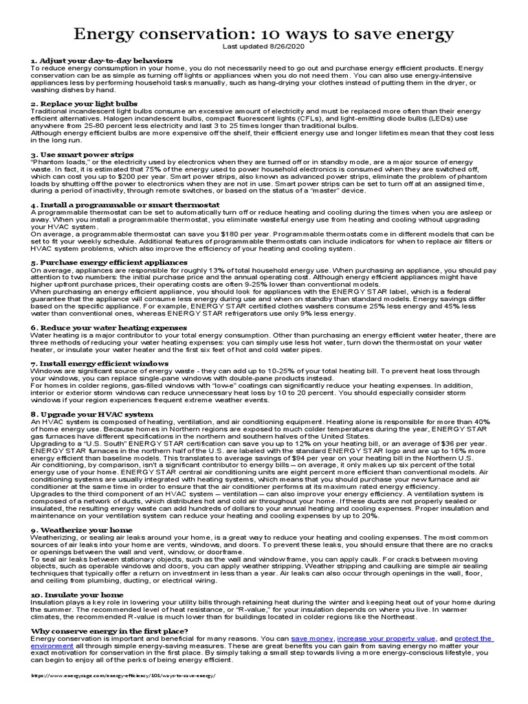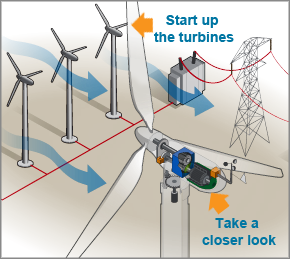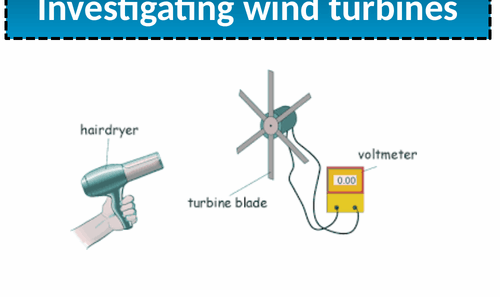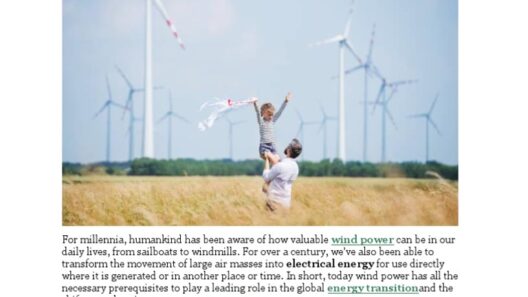Wind energy has garnered significant attention in recent years as a vibrant alternative to fossil fuels. The utilization of wind power is proliferating as modern society seeks sustainable energy solutions. This article delves into the multifaceted applications of wind energy in everyday life, illustrating its pervasive importance in numerous sectors.
Wind energy conversion systems, primarily through wind turbines, harness the kinetic energy from wind and transmute it into electrical power. This transformation affects everything from large-scale electricity generation to small, individual applications in residential settings. The promise held by wind energy is not merely its renewable nature; it encompasses advancements in technology, reducing costs, and the increasing integration into daily activities.
**Harnessing Wind Energy for Electricity Generation**
One of the most predominant uses of wind energy lies in its capability to generate electricity. Wind farms, comprising clusters of wind turbines, are strategically located in areas with substantial wind resources. These farms convert wind energy into electricity that is fed into the power grid, serving homes, industries, and even entire cities. The cumulative capacity of wind energy generation has surged over the past decades, establishing it as a vital component of the energy mix in numerous countries.
This method of energy generation is characterized by its minimal environmental footprint. It significantly reduces greenhouse gas emissions compared to traditional fossil fuels, making it an attractive solution for tackling climate change. Additionally, the operational costs of wind farms have diminished, thanks to advancements in turbine technology and materials, making wind energy more economically competitive than ever before.
**Wind Energy in Home Applications**
On a smaller scale, wind energy can also be harnessed for residential applications. Homeowners are increasingly considering the installation of small wind turbines to supplement their energy needs. These mini turbines can generate electricity sufficient to power household appliances and lights, contributing to reduced utility bills and leading to energy independence.
Small wind systems offer flexibility in design and functionality. They are often paired with solar energy systems, creating hybrid models that maximize energy generation and reliability. With the ongoing investments in grid storage technologies, homeowners can store excess energy generated during high-wind periods for use during calm days. This localized approach not only empowers individuals but also promotes sustainability at a community level.
**Wind-Powered Transportation Innovations**
A frontier that has begun to emerge is the application of wind energy in transportation. Vehicle manufacturers and researchers are exploring the potential of harnessing wind to enhance vehicle performance and efficiency. For instance, wind-assisted propulsion systems for large cargo ships are being developed, aiming to reduce fuel consumption and lower the carbon footprint of maritime shipping.
Furthermore, wind energy can power electric vehicle (EV) charging stations. By strategically placing these charging points at locations near wind farms, electric vehicle owners can charge their vehicles using renewable energy, ensuring that the transportation sector gradually aligns itself with sustainability goals. Innovations such as wind-augmented turbines integrated into commercial vehicles for increased aerodynamics are also being conceptualized. These advancements underscore the broad spectrum of wind energy applications that extend into daily transportation.
**Agricultural Integrations: Wind Energy in Farming**
The agricultural sector has long been a beneficiary of wind energy, using it to power various operations. Wind turbines installed on farms provide energy for irrigation systems, heating methods, and even grain drying processes. This can greatly reduce the dependency on fossil fuels while simultaneously decreasing the overall energy costs and operational complexity associated with traditional agricultural practices.
Moreover, the integration of wind energy in agriculture contributes to sustainable farming methodologies. The dual use of land for both crops or livestock and wind energy production optimizes land resources and profits. Farmers have the potential to earn extra revenue by leasing land to wind energy companies while still maintaining their agricultural activities.
**The Future of Wind Energy in Everyday Life**
The outlook for wind energy is promising, as technological advancements unfold and public policies increasingly support renewable energy sources. Innovations in turbine designs, including vertical-axis turbines and floating wind farms, are set to broaden the reach of wind energy. Such advancements not only enhance efficiency but also expand viable locations for wind energy generation, including offshore environments.
As we continue to navigate the complexities of energy consumption and its environmental impacts, wind energy proves to be a key player. Its applications extend far beyond merely generating electricity; it is integral in transportation, agriculture, and residential use.
Embracing wind energy in everyday life is no longer a luxury but a necessity as we strive for a sustainable future. The integration of wind power solutions into our daily routines embodies a significant stride toward energy resilience and a concerted effort to curtail climate change. The various applications of wind energy present an opportunity to redefine our relationship with energy, create jobs, and foster innovation across multiple sectors.
